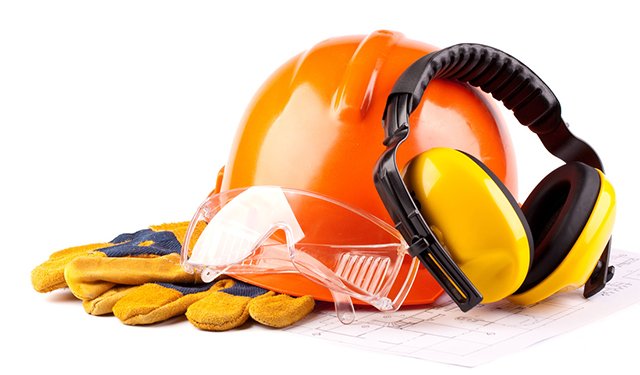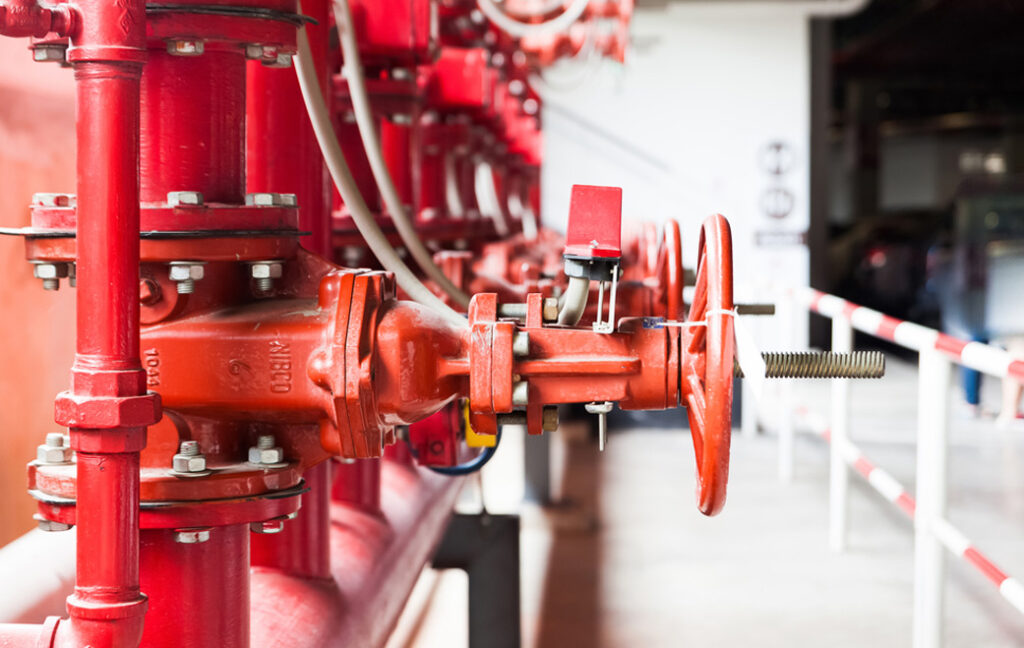Fire Extinguisher: In the oil and gas industry, safety is paramount. One of the critical aspects of safety is fire prevention and response. Selecting the appropriate fire extinguisher for oil and gas facilities can mean the difference between a minor incident and a catastrophic disaster.
This comprehensive guide will delve into the types of fires that may occur in oil and gas environments, the classifications of fire extinguishers, factors to consider when choosing the right extinguisher, and best practices for maintenance and training.
Understanding Fire Risks in Oil and Gas Facilities
Oil and gas facilities are fraught with unique fire hazards due to the high flammability of materials involved, including crude oil, natural gas, and various chemicals. Understanding the types of fires that can occur is critical for selecting the right fire extinguisher.
Common Fire Classes in Oil and Gas
- Class A Fires: Involve ordinary combustibles like wood, paper, and plastics. While less common in oil and gas settings, these materials may still be present.
- Class B Fires: Involve flammable liquids such as gasoline, oil, and solvents. These are prevalent in oil and gas facilities and require specific extinguishing agents.
- Class C Fires: Involve electrical equipment. In oil and gas operations, equipment failure can lead to electrical fires, necessitating special handling.
- Class D Fires: Involve combustible metals, such as magnesium and sodium, which may be present in some oil and gas applications.
- Class K Fires: Typically associated with cooking oils and fats, these can occur in kitchen areas of facilities.
The Importance of Correct Classification
Selecting the right fire extinguisher starts with understanding fire classifications. Using the incorrect extinguisher can exacerbate a fire. For instance, using water on a Class B fire can spread flammable liquids, worsening the situation.
Types of Fire Extinguishers
Fire extinguishers are categorized based on the type of fire they are designed to combat. Below are the most common types suitable for oil and gas facilities:
1. Water Extinguishers (Class A)
- Use: Effective for Class A fires.
- Limitations: Not suitable for Class B or C fires, as they can spread fire and conduct electricity.
2. Foam Extinguishers (Class A and B)
- Use: Effective for Class A and B fires. They work by forming a blanket over the burning liquid, cutting off the oxygen supply.
- Limitations: Not suitable for Class C or D fires.
3. Dry Powder Extinguishers (Class A, B, C, and D)
- Use: Versatile and effective against Class A, B, and C fires. They smother fires by creating a barrier between the fuel and the oxygen.
- Limitations: Class D dry powder extinguishers are specifically formulated for combustible metals.
4. Carbon Dioxide (CO2) Extinguishers (Class B and C)
- Use: Effective for Class B and C fires. They displace oxygen and are non-conductive, making them ideal for electrical fires.
- Limitations: Not effective for Class A fires.
5. Wet Chemical Extinguishers (Class K)
- Use: Specifically designed for Class K fires. They cool and saponify fats and oils to prevent re-ignition.
- Limitations: Not suitable for other fire classes.
Factors to Consider When Choosing a Fire Extinguisher
Choosing the appropriate fire extinguisher for oil and gas facilities involves several critical factors:
1. Type of Fire Hazard
Assess the specific fire hazards present in the facility. A thorough risk assessment will help determine the most likely fire scenarios and the types of extinguishers needed.
2. Location and Accessibility
Extinguishers must be easily accessible in case of an emergency. Consider the layout of the facility and ensure that extinguishers are placed in strategic locations, such as near flammable materials and equipment.
3. Training and Familiarity
Personnel must be trained to use fire extinguishers properly. Selecting extinguishers that employees are familiar with can improve response times and effectiveness in emergencies.
4. Maintenance and Inspection
Regular maintenance and inspection of fire extinguishers are crucial. Choose extinguishers that are easy to maintain and inspect according to regulatory guidelines.
5. Regulatory Compliance
Ensure that selected extinguishers comply with local and national regulations, such as those set by the National Fire Protection Association (NFPA) and Occupational Safety and Health Administration (OSHA).
Best Practices for Fire Extinguisher Use
Selecting the right extinguisher is only part of the solution. Following best practices for usage, maintenance, and training is equally important.
1. Regular Training
Conduct regular training sessions for all personnel. Training should include the correct use of various types of extinguishers, identifying fire hazards, and understanding the PASS technique (Pull, Aim, Squeeze, Sweep).
2. Routine Inspections
Implement a routine inspection schedule to ensure all extinguishers are in good working condition. Check pressure gauges, seals, and physical damage.
3. Clear Signage
Ensure that fire extinguishers are clearly marked with appropriate signage. Signs should indicate the type of extinguisher and its intended use.
4. Emergency Action Plans
Develop and communicate emergency action plans that include fire response procedures. Ensure that all employees are familiar with these plans.
5. Regular Drills
Conduct fire drills to ensure that employees know how to respond in case of a fire. Drills should simulate various fire scenarios relevant to the facility.
1. What types of fires are most common in oil and gas facilities?
Oil and gas facilities commonly face Class B fires (flammable liquids), Class C fires (electrical equipment), and Class D fires (combustible metals).
2. What type of fire extinguisher should I use for flammable liquids?
For flammable liquids, a foam extinguisher or a dry powder extinguisher is recommended, as they effectively suppress Class B fires.
3. Can I use water extinguishers in oil and gas facilities?
Water extinguishers should only be used for Class A fires involving ordinary combustibles. They are not suitable for Class B or C fires, as they can spread the fire or conduct electricity.
4. How often should fire extinguishers be inspected?
Fire extinguishers should be inspected monthly for visible damage and pressure readings, with a more thorough inspection conducted annually by a professional.
5. What training do employees need for using fire extinguishers?
Employees should be trained on the types of extinguishers available, how to use them effectively (using the PASS technique), and how to identify different fire hazards.
6. What is the PASS technique?
The PASS technique stands for Pull the pin, Aim low at the base of the fire, Squeeze the handle, and Sweep the nozzle side to side.
7. What are the regulations for fire extinguishers in oil and gas facilities?
Fire extinguishers must comply with regulations set by organizations like the National Fire Protection Association (NFPA) and the Occupational Safety and Health Administration (OSHA).
8. How do I choose the right location for fire extinguishers?
Fire extinguishers should be placed in easily accessible locations, near potential fire hazards, and in areas where employees are likely to work.
9. Are there specific extinguishers for electrical fires?
Yes, carbon dioxide (CO2) extinguishers are effective for electrical fires, as they do not conduct electricity and displace oxygen.
10. What should I do if a fire extinguisher is used?
If a fire extinguisher is used, it should be replaced immediately, and a professional should inspect it to ensure it is safe for future use.
Conclusion
Choosing the right fire extinguisher for oil and gas facilities is a critical component of fire safety. Understanding the types of fires that may occur, the classifications of extinguishers, and the specific needs of your facility will guide you in making the best decision.
Regular training, inspections, and adherence to safety protocols will further enhance your fire safety measures, protecting both personnel and assets. In an industry where safety cannot be compromised, meticulous attention to fire safety practices is essential. By investing time and resources into selecting and maintaining the right fire extinguishers, oil and gas facilities can significantly reduce the risks associated with fire hazards.
Stay safe, stay prepared!





